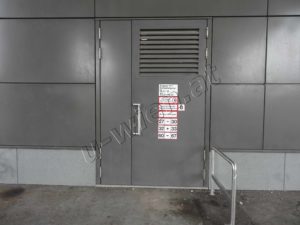In today’s fast-growing, densely populated cities, the metro network is not just a transportation system, but a lifeline that keeps the pulse of the city beating. These state-of-the-art transportation systems are vital to overcoming traffic problems, improving air quality, and promoting sustainable urban development. In this article, we explore the key role that metro networks play in urban mobility.
Relieving traffic congestion
Cities around the world are facing the challenge of managing increasing traffic and the congestion it causes. Metro networks provide an efficient solution, offering a fast, reliable and often congestion-free means of urban transportation. With the metro, commuters can avoid congestion and get to their destinations on time.
Environmental friendliness
The subway is also one of the most environmentally friendly modes of transportation in urban areas. The subway produces fewer pollutants per passenger kilometer than a private car or bus. Electric propulsion, regenerative braking and innovative energy efficiency technologies help minimize the metro network’s environmental footprint.
Promoting urban mobility
The metro network has greatly improved the mobility of citizens by providing affordable and convenient transportation options. They connect the city’s outskirts with the city center, creating a more accessible city for all. This not only boosts the economy, but also contributes to social inclusion by making it easier for people from different parts of the city to connect with each other.
Urban development and property value
The presence of a subway network often has a significant impact on urban development and property values. Subway stations are important anchors for urban development, attracting new commercial and residential development nearby. This often leads to higher property values and increases the attractiveness of the area.
Flexibility and accessibility
The metro network provides significant flexibility by allowing easy access to different parts of the city. Travelers can move quickly between different parts of the city without worrying about congestion or time-consuming traffic. This contributes to the convenience of work, educational institutions, recreational activities, and other important destinations.
Future prospects
Metro networks are expected to become even more important as city populations grow and transportation needs increase. Many cities are investing in upgrading and expanding existing systems to accommodate increasing ridership while providing environmentally friendly transportation solutions. The integration of new technologies such as self-driving trains and intelligent traffic management systems can further improve the efficiency and availability of these networks.
Summary
Metro networks are more than just means of transportation; they are the lifeblood that holds the urban fabric together. They relieve traffic congestion, help improve the environment, facilitate urban mobility, and influence urban development and property values. At a time when cities are facing increasing urbanization and traffic problems, metro networks are becoming increasingly important as a sustainable and efficient solution. They are key to creating livable, connected and sustainable cities of the future.



